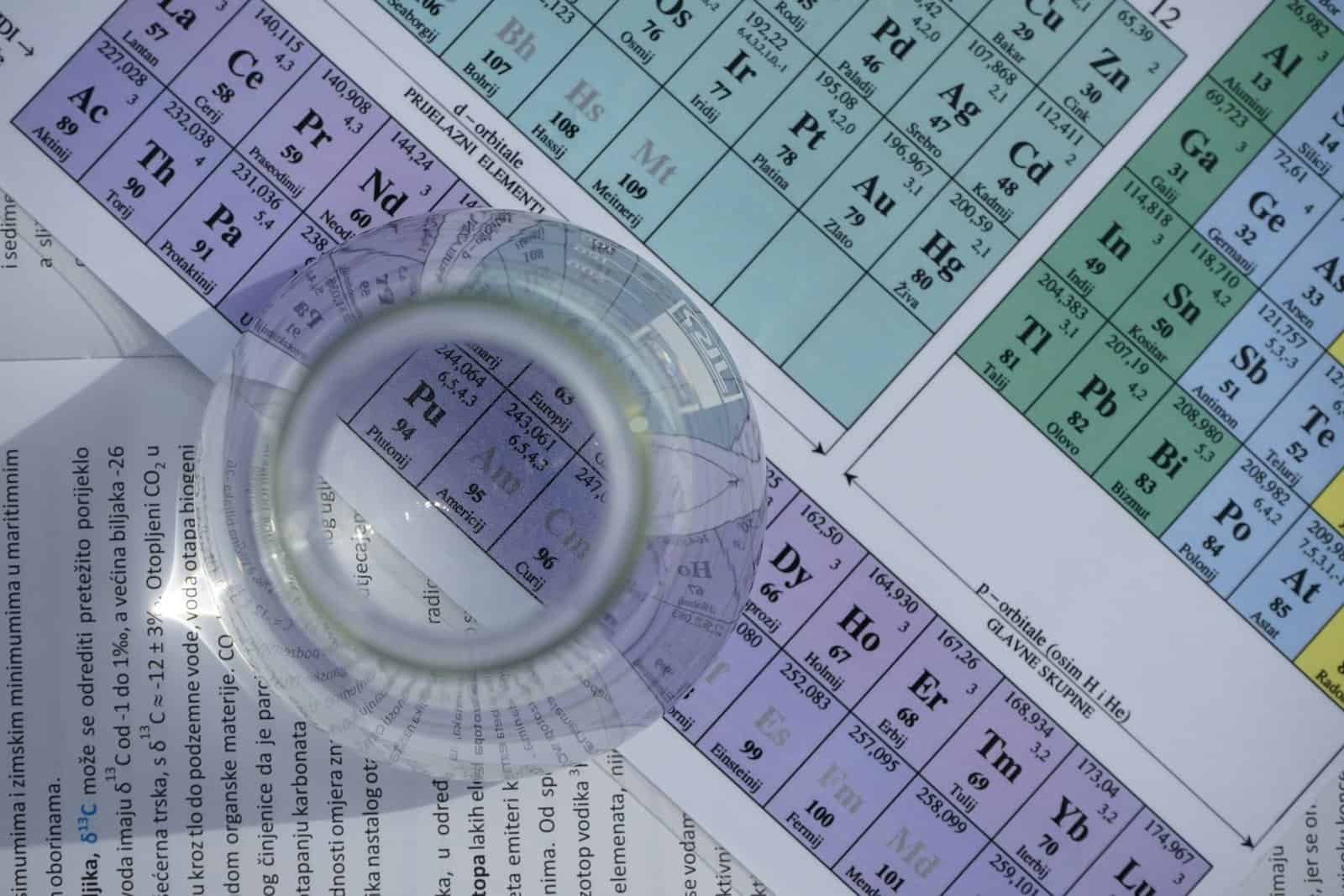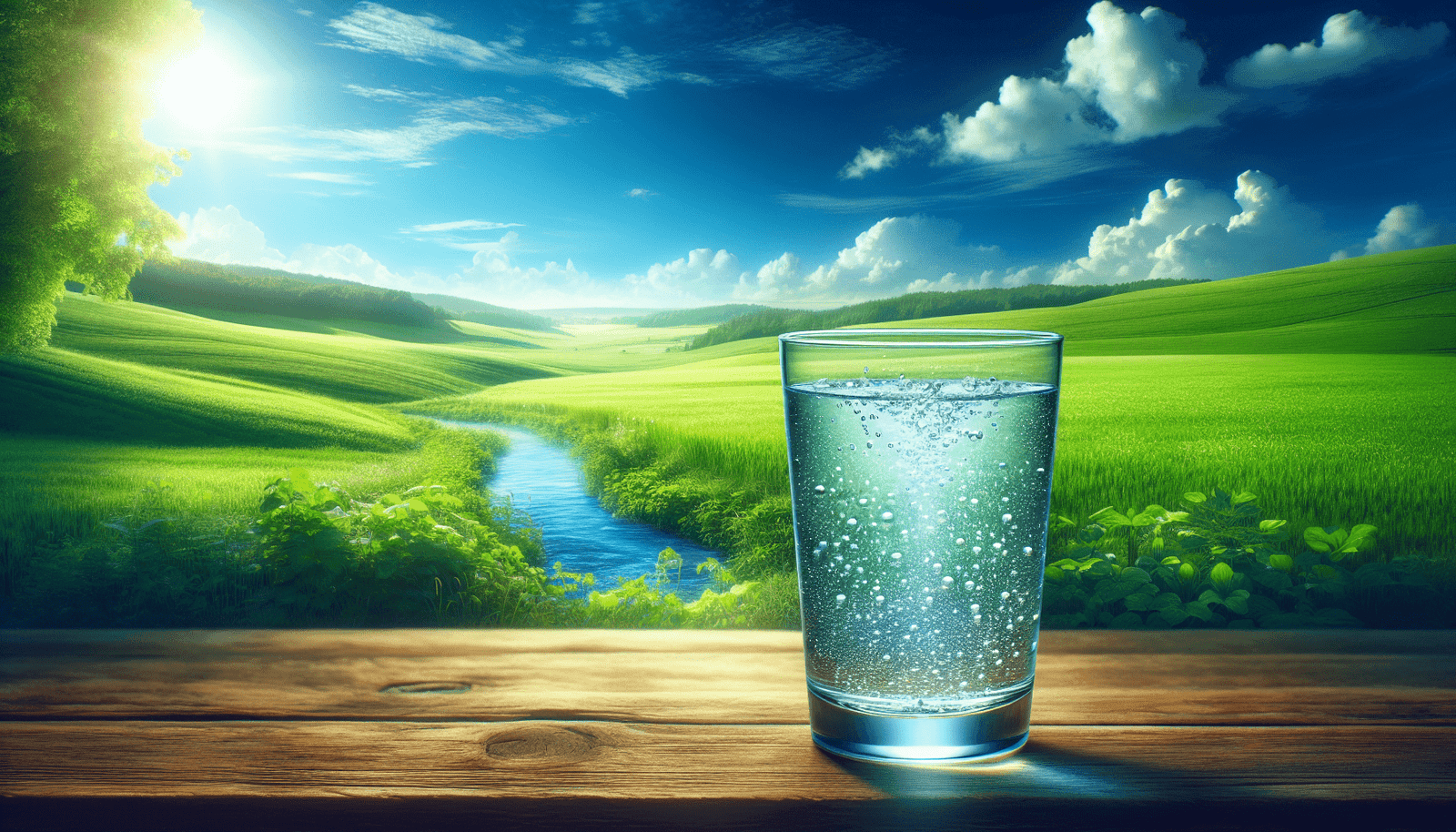How often do you think about the quality of your well water? If you’re like many people, it might not cross your mind frequently, especially if your water seems clear and tastes just fine. However, the quality of your well water is something that deserves attention. After all, this is the source of water you, your family, and possibly even your pets rely on daily for drinking, cooking, and bathing.

Understanding Well Water
If you own a home with a private well, you’re among the millions who rely on groundwater as their primary water source. Unlike municipal water systems that are subject to comprehensive testing and treatment, the responsibility for maintaining the quality of your well water falls squarely on your shoulders. So, what is well water, and why is it important to ensure it’s of high quality?
What is Well Water?
Well water is essentially groundwater accessed by drilling a hole into the ground. This water is stored in underground aquifers, which are natural formations of gravel, sand, stone, or clay, capable of storing water. Groundwater gradually moves through these layers, getting filtered by soil and rock, which can improve its taste and clarity. However, this natural filtration doesn’t remove all potential contaminants.
Importance of Maintaining High-Quality Well Water
The quality of your well water is crucial for several reasons. Primarily, consuming contaminated water can lead to health issues ranging from mild gastrointestinal disturbances to severe conditions. Additionally, poor water quality can affect the lifespan and efficiency of your plumbing systems and appliances.
Signs That Your Well Water Might Be Contaminated
It can be unsettling to consider that your seemingly perfect well water might have hidden issues. Understanding the signs of potential contamination is the first step in ensuring your water remains safe for consumption and use.
Physical Signs
Observing any changes in your water’s appearance, taste, or smell can be a red flag. Here are a few indicators to watch out for:
- Cloudiness or sediment: Water that appears cloudy or contains visible particles might indicate the presence of dirt, rust, or bacteria.
- Strange odors: A sulfur (rotten egg) smell could suggest hydrogen sulfide gas, while a bleach smell might indicate an overabundance of chlorine.
- Unusual taste: Metallic or bitter tastes can be signs of mineral contamination or chemical pollution.
Health Symptoms
Sometimes, the signs of water contamination manifest as health symptoms in those who consume or bathe in it. These can include:
- Gastrointestinal issues such as nausea, diarrhea, and cramps.
- Skin irritations or rashes following exposure to water.
- Odd or prolonged illnesses that don’t seem related to other causes.
Common Well Water Contaminants
Knowing the usual suspects when it comes to well water contaminants can help you take preventive measures and act swiftly if problems arise. Various contaminants can affect well water, stemming from both natural and human-made sources.
Biological Contaminants
These include bacteria, viruses, and parasites, which can enter well water through soil, human and animal waste, and surface water infiltration.
- Coliform bacteria are an indicator of potential contamination by more harmful microorganisms.
- E. coli can point to fecal contamination and pose serious health risks.
Chemical Contaminants
Chemicals can find their way into well water through agricultural runoff, industrial waste, or natural mineral deposits.
- Nitrates are often linked to agricultural fertilizers and can be particularly harmful to infants.
- Lead, arsenic, and other heavy metals might leach from natural deposits or corroded plumbing systems.
- Pesticides and herbicides from farming activities can seep into groundwater supplies.
Hardness and pH Levels
While not as immediately harmful, water hardness and pH levels can affect the usability and taste of your water.
- Hard water contains higher levels of calcium and magnesium, causing scaling and reducing soap effectiveness.
- Acidic water with low pH can corrode pipes and cause metallic taste.
Testing Your Well Water
To truly know the quality of your well water, regular testing is essential. Various aspects of water quality can be examined through testing, providing a detailed assessment of its safety and suitability for consumption.
Frequency of Testing
Testing should be conducted regularly to account for changes in environmental conditions and potential contamination events. As a general guideline:
- Annually: Test for bacteria, nitrates, and general indicators of water quality.
- Every 3-5 years: Screen for pesticides, heavy metals, and other potential contaminants, especially if your location is prone to agricultural or industrial activities.
How to Test
There are multiple ways to test your well water, each offering different levels of detail and specificity:
- DIY Testing Kits: These kits allow you to test for certain contaminants at home. While convenient, they may not be as comprehensive or reliable as professional testing.
- Professional Laboratory Testing: Sending samples to a certified laboratory provides thorough and accurate results. This method is recommended for an in-depth analysis or if contamination is suspected.
Interpreting Test Results
Understanding test results can sometimes feel overwhelming. Key indicators usually listed in the results are:
- Coliform count: A zero count indicates no presence of these bacteria.
- pH level: Normal potable water ranges from pH 6.5 to 8.5.
- Hardness level: Expressed as milligrams per liter (mg/L) or grains per gallon (gpg), with levels over 180 mg/L considered very hard.
If results indicate contamination, immediate action is necessary to remediate the issue and restore water safety.

Ensuring and Maintaining Well Water Quality
Once you have a clear understanding of your well water’s current status, it’s vital to implement measures to maintain or improve its quality.
Proper Well Construction and Maintenance
A well-structured and maintained well is less prone to contamination.
- Construction: Ensure your well is built according to local regulations and standards. Proper sealing prevents surface water from entering and contaminating the well.
- Maintenance: Inspect your well at least annually. Check for cracks, holes, or other signs of wear that might compromise water quality.
Protective Measures
Implementing protective strategies can help shield your well water from potential contaminants.
- Avoid overuse of fertilizers and chemicals near your well. Runoff from these substances can seep into groundwater.
- Keep hazardous materials away from your well area to prevent accidental spillage.
- Create a buffer zone around your well, free from potential contamination sources such as waste disposal systems or animal enclosures.
Water Treatment Solutions
If you must address specific contaminants, various treatment options are available:
- Filtration systems address sediment and certain types of chemical contamination.
- Water softeners reduce hardness.
- Reverse osmosis systems can remove a wide range of contaminants, including certain heavy metals.
- Disinfection systems, such as ultraviolet (UV) light or chlorination, help control bacteria and viruses.
Role of Local Health Departments and Professionals
Connecting with local resources is invaluable in managing well water quality proactively.
Getting Help from Local Health Departments
Health departments often provide resources and guidance on well water safety. They might offer testing services or have recommendations for reliable laboratories.
Consulting Well Water Specialists
A water quality expert or well contractor can provide professional advice and remediation services. They can evaluate your well construction, suggest improvements, and help interpret complex testing results.

Living with Well Water Safety
Taking proactive steps to ensure the safety of your well water not only safeguards the health of your household but also brings peace of mind. Once you’ve secured high-quality well water, maintaining good practices is key.
Commitment to Regular Testing
Commit to a regular testing schedule. Mark your calendar to ensure you don’t miss critical testing intervals, especially if there are environmental changes or potential contamination events nearby.
Education and Awareness
Stay informed about the factors that might affect your groundwater quality. Local environmental changes or new agricultural or industrial operations could impact your water. Being vigilant about these changes allows you to respond quickly if issues arise.
Community Engagement
Engage with neighbors and local community efforts to protect groundwater resources. A community approach can be beneficial, fostering a collective effort to monitor and maintain well water quality in the area.
Conclusion
Ensuring high-quality well water is an essential aspect of maintaining a healthy home environment. Through regular testing, proper well maintenance, and proactive measures against contamination, you can protect this critical resource. By keeping informed and vigilant, you can enjoy the benefits of well water while safeguarding the health and well-being of those in your home.

